Buying a moissanite ring has emerged as an option for lots of couples. The question is, should you? When it comes to diamonds, a diamond is a diamond, (whether it is a mined diamond or a created diamond) anything else is a simulant. Which means it is like but not the same thing. Stones like…
Thinking about lab grown diamonds? This post will give you the most comprehensive deep dive into laboratory grown diamonds, giving you more knowledge than 90% of the sales people out there and making sure you are getting the best quality diamond.
Having been in the diamond industry for over 25 years, working as a…
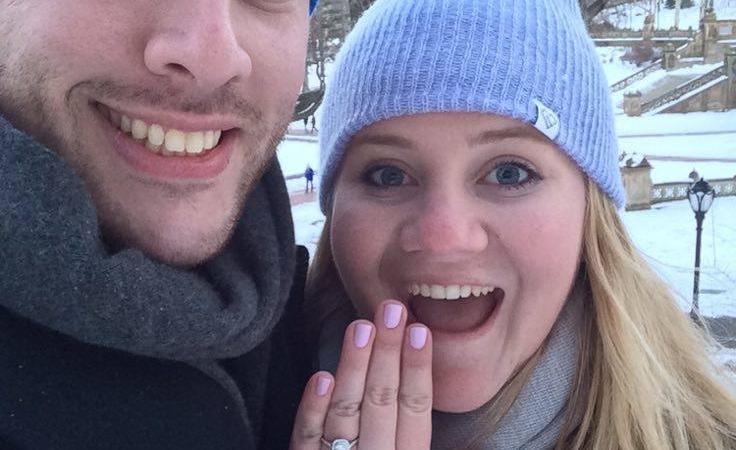
Finance and payment plans:
There is more pressure now than ever before to have it all. That beautiful home, healthy and happy kids, marriage and of course the perfect engagement ring and the dream wedding.
It can be hard for young couples to find the right monetary balance. Life would certainly be a whole lot easier…
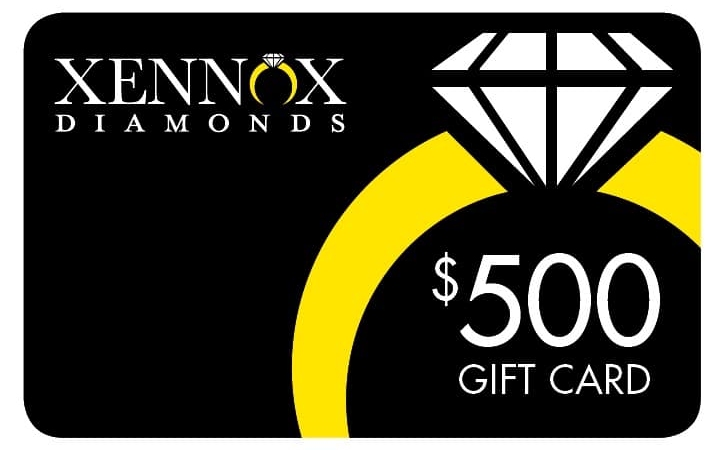
Looking to propose with an Altr created diamond?
To celebrate Altr created diamonds coming to Australia, we are giving couples looking to propose a $500 gift card to use towards their Altr created diamond engagement ring, when they place an order before 30th December 2018.
Altr created diamonds have the identical physical, chemical, optical and molecular structure of…
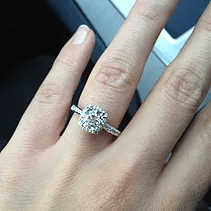
Are you a little bit of a techno geek like me? Do you love the anticipation of getting your hands on the latest trend in technology? If you are then I bet you can’t wait for the newest Apple product to land (Yes, I am a diehard follower – sorry to all the Android lovers)…
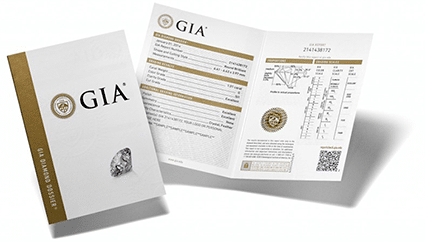
Confused by the diamond certificate?
Have you ever looked at a diamond certificate and had no idea what all the numbers and percentages mean? Don't worry, you are not alone. Starting out can be a bit daunting, not only do you have to find the ring that she likes but you need to make sure…

The question of "How much does a 1ct diamond cost?" is something that I get asked often. Because there are so many factors that make up a diamonds price and quality. The usual answer here is how long is a piece of string. It is a common question that most men ask as they are…
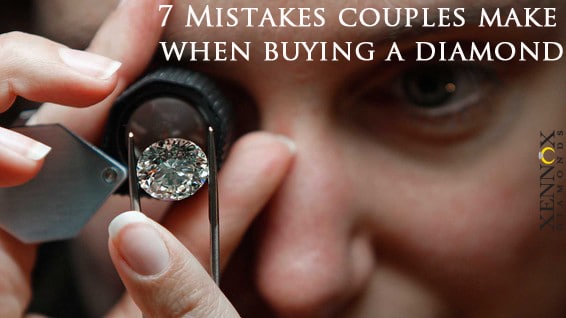
Buying a diamond engagement ring is not only a big emotional commitment but a significant financial one for most couples. While the internet is usually a great tool for conducting some initial research before buying a diamond, it can become difficult when you need to make a price comparison. The key piece of advice that…
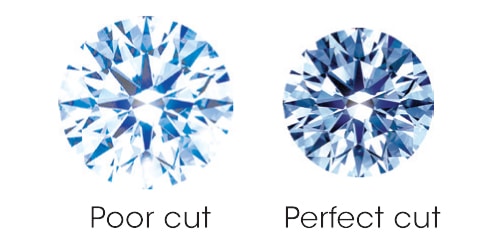
Research Shows – Size Doesn't matter !!!
Diamond Size Vs Quality
A recent study found that 84% of respondents surveyed, stated that they would prefer a smaller diamond size if it was of a higher quality. This was in line with further questioning that showed that 86% didn't want a showy engagement ring at the expense…
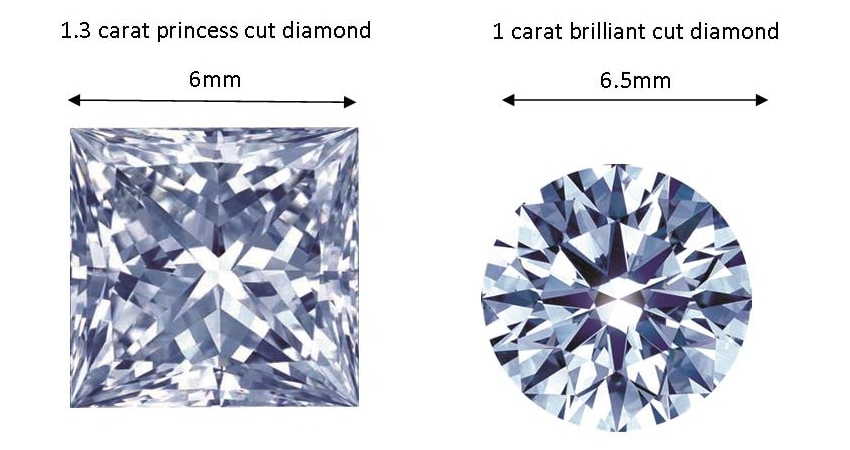
Which diamond cut looks the biggest? Have you ever wondered if a 1 carat round brilliant cut diamond looks bigger than a 1 carat princess cut diamond? I am often asked whether round or square diamonds look bigger by many brides-to-be as they begin the journey of picking their perfect diamond engagement ring. While the sparkle…

